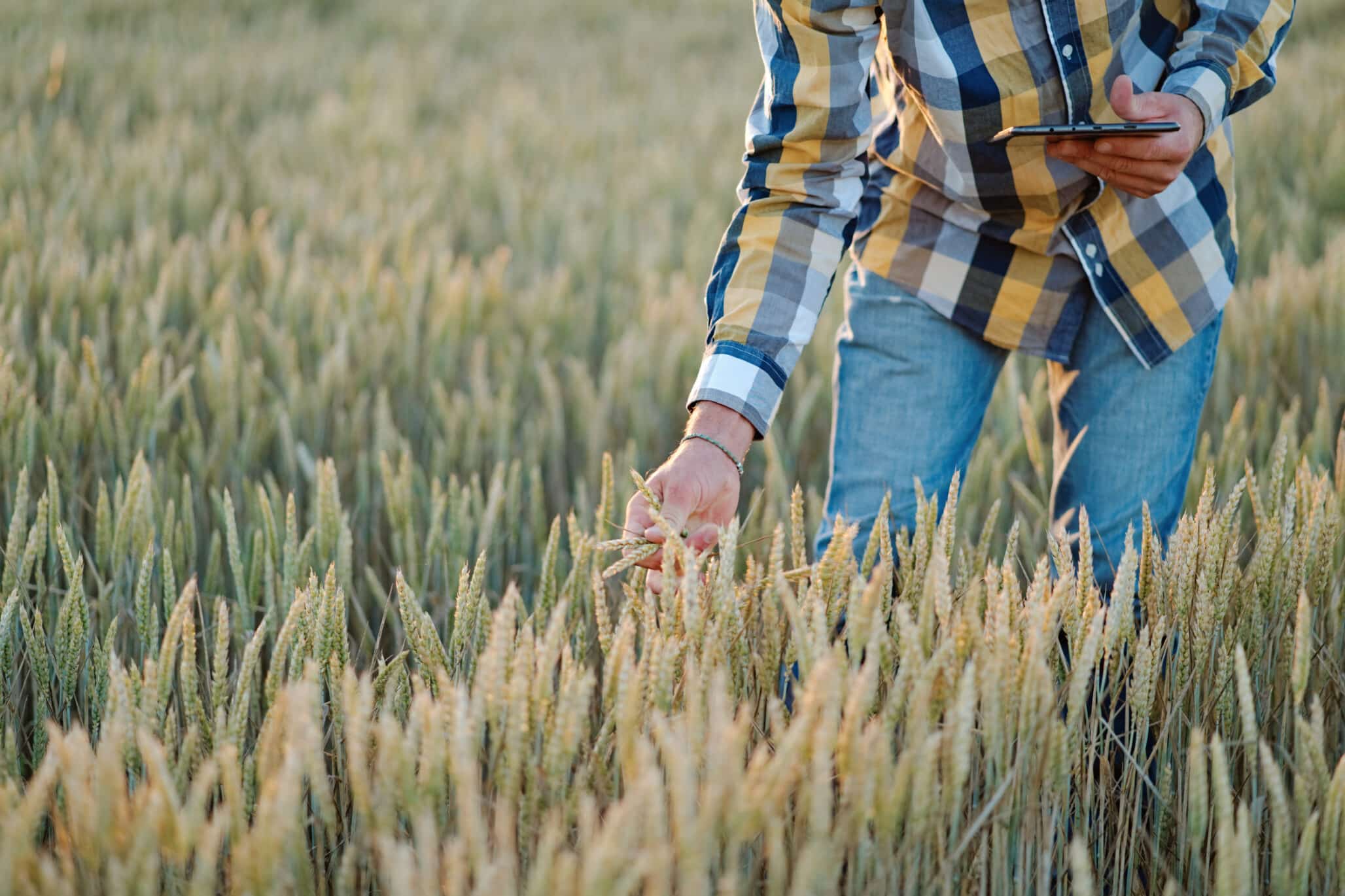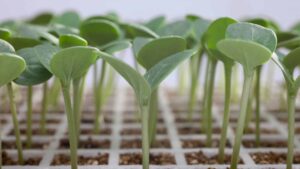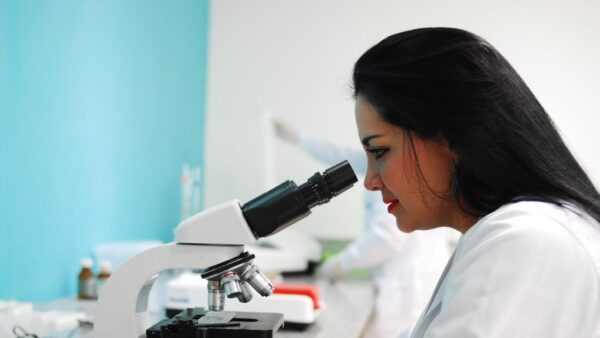Although genetically modified traits often capture headlines, phenomics, sensor technology, and biometrical modelling is transforming wheat breeding. That was one of the messages from today’s session “Wheat Today and Tomorrow: Addressing Agronomic Challenges through Genetics” at the American Seed Trade Association’s CSS & Seed Expo in Chicago.
Wheat breeding has historically benefited from advances in disciplines outside of wheat breeding, noted Ed Souza, global wheat breeding manager for Bayer CropScience.
“Predicting the future is difficult,” Souza said. “In the 1960s the average [wheat] yield globally was about 1.5 tons per hectare. Now, it’s about three tons her hectare. The question is how did we get from A to B? If you look at it, there’s a number of things that have contributed to it. One that we often talk about is the grain revolution. In fact, there are additional revolutions that have happened during the career of most people in this room.”
Crop protection and plant nutrition advances allowed for modified plant architecture, he noted. Computational sciences radically changed data capture and analysis. However, improving the basic yield of crops remains a complex task for trait development and breeding improvement. Understanding complexity of traits, genetic basis of yield components and impact of environmental effects will help to generate new seed products.
Clay Sneller, Ohio State University professor in plant breeding and genetics, spoke about how the genetic improvement of wheat, like most crops, is based on a foundation of old tried and true methods, but is also increasingly able to utilize new genomic technologies.
This combination of new and old offers some exciting potential, but limits remain to what can be accomplished and when. His talk highlighted some of the challenges facing wheat improvement and what we can expect from some emerging technologies.
“We’re losing thousands of acres in wheat in Ohio and Indiana every year, and that’s disturbing,” he said. “Wheat is hugely important, but farmers don’t seem to feel it’s as important — they’re moving to corn and soybeans. How do we get growers back into wheat?”
Researchers at Ohio State University have boosted and improved wheat yields due to genetic improvements, which he said could convince farmers to get back into growing wheat.
The challenge? Picking the right parents for breeding and creating new tools to help in wheat breeding. His conclusion: traditional plant breeding is an inefficient method of improving wheat, but there are lots of tools available, and genomic selection may help.
“The genetic gains are clear — we need to improve breeding efficiency,” he said.













